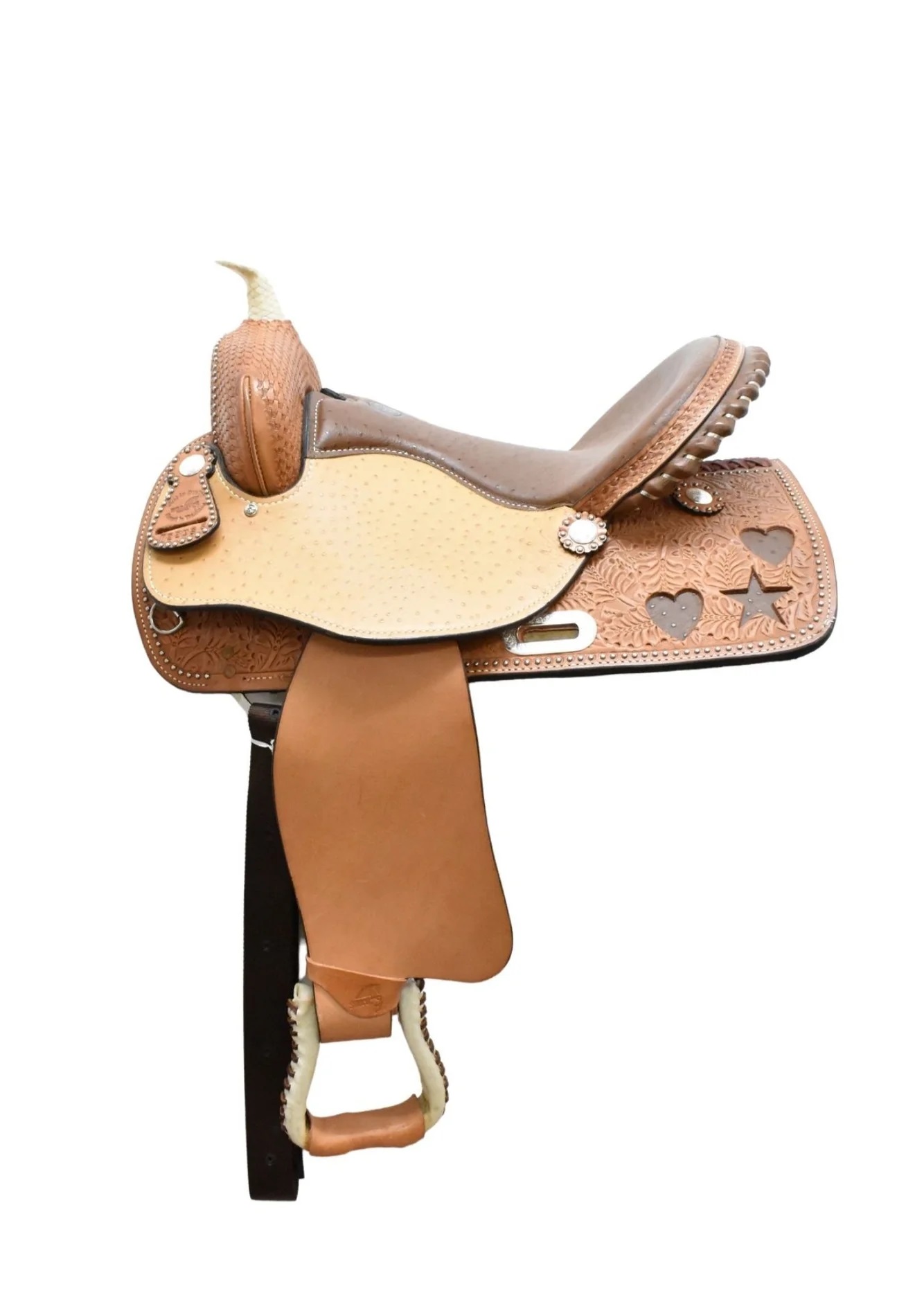

Articles
How To Store A Saddle Without A Rack
Modified: August 28, 2024
Learn how to store your saddle without a rack with our comprehensive articles. Find practical tips and solutions for safe and space-efficient storage.
(Many of the links in this article redirect to a specific reviewed product. Your purchase of these products through affiliate links helps to generate commission for Storables.com, at no extra cost. Learn more)
Introduction
Welcome to the world of horse riding! If you’re a horse enthusiast, you probably understand the importance of keeping your saddle in top condition. But what do you do when you don’t have a proper saddle rack to store it on?
Don’t fret! In this article, we’ll explore various options for storing your saddle without a rack. From wall mounting to DIY solutions, we’ve got you covered. So, let’s saddle up and dive into the world of innovative storage techniques!
When it comes to storing a saddle without a rack, the key is to find alternative methods that provide proper support and protection. Not only will these options keep your saddle in good shape, but they’ll also help you optimize your storage space and keep everything organized.
So, without further ado, let’s explore some of the best options for storing a saddle without a rack!
Key Takeaways:
- Get creative with storing your saddle! From wall mounting to DIY solutions, there are plenty of innovative options to keep your saddle safe and accessible without a rack.
- Prioritize the care and maintenance of your saddle. Whether it’s using a saddle cover or harness hooks, finding the right storage solution will help preserve your saddle for many rides to come.
Read more: How To Use An English Saddle As Home Decor
Option 1: Wall Mounting
One popular solution for storing a saddle without a rack is to utilize wall mounting. This method is not only space-saving but also provides a convenient way to display and access your saddle.
To implement this option, start by finding a sturdy wall in your tack room or designated storage area. Make sure the wall is capable of supporting the weight of a saddle. You may need to install additional reinforcements, such as brackets or supports, for added stability.
Once you have identified your wall, you’ll need to purchase and install a saddle wall mount or saddle rack that can be attached securely. These mounts typically consist of a metal bracket that holds the saddle in place. Make sure to choose a mount that is specifically designed for wall mounting.
When installing the mount, ensure that it is positioned at a height that allows easy access to the saddle. It’s recommended to place it at a height where the saddle is within reach without straining or stretching too much. This will help prevent any unnecessary strain on your back or shoulders when removing or placing the saddle.
Additionally, consider placing the wall mount in an area that is away from direct sunlight or any sources of moisture. This will help protect the saddle from damage caused by prolonged exposure to sunlight or the formation of mildew.
Once your wall mount is securely installed, you can simply hang your saddle on it. Make sure the saddle is positioned correctly to distribute weight evenly and avoid any unnecessary pressure points. Take care to secure the stirrups and girth to prevent them from dragging on the ground or getting tangled.
Wall mounting your saddle not only saves space but can also add an aesthetic touch to your tack room. It’s a practical and efficient way to store your saddle without the need for a dedicated rack.
Option 2: Saddle Stand
If wall mounting isn’t a feasible option for you or you prefer a more portable solution, a saddle stand can be a great alternative for storing your saddle without a rack. A saddle stand provides a stable platform for your saddle and allows for easy access and maneuverability.
When selecting a saddle stand, look for one that is sturdy and well-built. Choose a stand that is made from durable materials such as metal or wood, as these will provide better support and longevity. Avoid stands that are wobbly or unstable, as they may not be able to properly support the weight of your saddle.
Before placing your saddle on the stand, ensure that it is clean and dry. Inspect the stand for any sharp edges or rough surfaces that could potentially damage the saddle. If necessary, you can place a soft cloth or pad between the saddle and the stand to provide an extra layer of protection.
When positioning the saddle on the stand, make sure it is balanced and stable. Adjust the stand’s arms or supports to accommodate the shape and size of your saddle. Take care to position the saddle in a way that distributes the weight evenly, avoiding placing excessive pressure on any specific area.
It’s also important to consider the surrounding environment when using a saddle stand. Keep your saddle away from direct sunlight, extreme temperatures, and areas prone to dampness or humidity. These environmental factors can damage the leather and compromise the integrity of your saddle over time.
Additionally, using a saddle stand offers the advantage of easy portability. If you need to move your saddle to a different location, simply lift it off the stand and transport it as needed. This flexibility allows you to store your saddle in various places, whether it’s in the tack room, the stable, or even at a riding event.
A saddle stand provides a practical and versatile alternative to a traditional saddle rack. It allows you to store your saddle securely while also providing the convenience of portability.
Option 3: Tack Trunk
If you’re looking for a more comprehensive storage solution for your saddle and other riding equipment, a tack trunk can be an excellent choice. A tack trunk is a large, portable storage box specifically designed to store equestrian gear, including saddles, bridles, grooming supplies, and more.
When choosing a tack trunk, look for one that offers sufficient space and compartments to accommodate your saddle and other items. The trunk should be made from durable materials such as wood or heavy-duty plastic to ensure longevity and protect your gear from damage.
Before placing your saddle in the tack trunk, make sure it is clean and dry. Wipe off any dirt or moisture from the saddle surface. You can also use a leather conditioner to keep the leather supple and prevent it from drying out.
Once your saddle is prepared, carefully place it in the tack trunk. Ensure that the saddle is positioned securely and evenly, and that it has adequate support to prevent any unnecessary strain on the leather or tree.
In addition to the saddle, utilize the compartments and storage areas within the tack trunk to organize the rest of your riding gear. This will help keep everything tidy and easily accessible. Utilize hooks, racks, and pouches to store bridles, reins, brushes, and other smaller items. This will help protect your gear from getting tangled or damaged.
It’s important to note that a tack trunk is not only a storage solution but also a valuable piece of equipment that provides protection and security. Many tack trunks come with lockable features, allowing you to keep your valuable items safe and secure, whether you’re at the barn or on the go.
When not in use, keep your tack trunk in a cool, dry place, away from direct sunlight and extreme temperatures. Regularly inspect the trunk for any signs of wear and tear, and address any issues promptly to ensure its longevity.
A tack trunk is a convenient and comprehensive storage option for your saddle and equestrian gear. It provides a secure and organized way to store your belongings while offering the flexibility of portability.
Option 4: Saddle Cover
Another effective way to store your saddle without a rack is by using a saddle cover. A saddle cover is a protective covering specifically designed to shield your saddle from dust, dirt, and other environmental factors that can potentially damage the leather.
When choosing a saddle cover, opt for one made from a breathable material, such as canvas or nylon. This will allow air circulation and prevent moisture buildup, reducing the risk of mold or mildew formation. Ensure that the cover fits your saddle properly, covering it entirely without being too tight or too loose.
Prior to placing the saddle in the cover, ensure that it is clean and dry. Gently wipe off any dust or debris using a soft cloth. If necessary, you can use a leather cleaner to remove any stubborn stains or buildup.
Once your saddle is prepared, carefully place it inside the cover. Pay attention to the positioning and make sure it’s balanced within the cover. Take care to tuck in the flaps or fasten any straps to ensure a snug fit. This will prevent the cover from slipping off or becoming loose over time.
Using a saddle cover provides multiple benefits beyond simply protecting your saddle. It helps keep the leather in good condition, preventing it from drying out or becoming brittle. It also maintains the overall appearance of the saddle, prolonging its lifespan and ensuring it’s ready for use whenever you need it.
When storing your saddle covered, make sure to keep it in a cool, dry place away from direct sunlight and extreme temperatures. Avoid storing it near any potential hazards or sharp objects that may cause accidental damage.
Additionally, regularly inspect the cover for any signs of wear or damage. If you notice any tears or deterioration, replace the cover to ensure continued protection for your saddle.
A saddle cover is a simple yet effective solution to keep your saddle clean and protected when you don’t have a rack. It’s a convenient and affordable option that allows for easy storage and maintenance of your valuable equestrian gear.
To store a saddle without a rack, use a sturdy saddle stand or a wall-mounted saddle rack. Make sure the area is clean, dry, and away from direct sunlight to prevent damage to the leather. Cover the saddle with a breathable saddle cover to protect it from dust and debris.
Read more: How To Store Bike Rack In Garage
Option 5: Hanging Harness Hooks
If you’re searching for a versatile and space-saving option to store your saddle without a rack, consider using hanging harness hooks. Harness hooks are sturdy and provide a practical solution for hanging your saddle securely.
To utilize this option, locate a suitable place to install the harness hooks. Look for a wall or beam that can support the weight of the saddle. Ensure the hooks are installed at an appropriate height, allowing easy access and comfortable reach.
Harness hooks are typically made of durable materials such as metal or wood. Choose hooks that are specifically designed for equestrian gear storage to ensure they can handle the weight of your saddle. Make sure the hooks have a smooth surface to prevent any scratches or damage to the saddle.
Carefully hang your saddle on the harness hooks, positioning it in a way that distributes the weight evenly. Take care to secure the stirrups and girth to prevent them from dragging on the ground or causing any unwanted tangles.
One of the advantages of harness hooks is their versatility. You can easily adjust the height or position of the hooks to accommodate different saddle sizes or configurations. This flexibility allows you to store multiple saddles, bridles, or other gear in a compact space.
When using hanging harness hooks, it’s important to consider the surrounding environment. Avoid placing the hooks in direct sunlight or areas prone to moisture, as these can have a detrimental effect on the leather and overall condition of your saddle.
Regularly inspect the harness hooks to ensure they remain securely fastened. Check for any signs of wear or damage, and promptly address any issues to maintain the integrity and safety of your saddle storage.
Hanging harness hooks offer a practical and space-saving solution for storing your saddle without a dedicated rack. They provide easy access, versatility, and allow you to make the most of your available storage space.
Option 6: Loft or Attic Storage
If you have a loft or attic space available, it can be a convenient and out-of-the-way storage option for your saddle. Utilizing loft or attic storage keeps your saddle protected and allows for efficient use of space in your home or barn.
Before storing your saddle in the loft or attic, ensure that the space is clean, dry, and properly insulated. Avoid storing your saddle in areas prone to extreme temperature fluctuations or excessive moisture, as these conditions can damage the leather.
If your loft or attic doesn’t have a designated saddle rack or storage system, you can create a safe and secure area by installing hooks, brackets, or shelves. Ensure that these fixtures are sturdy and firmly attached to the walls or beams to support the weight of the saddle.
When placing your saddle in loft or attic storage, make sure it is clean and dry. Remove any debris or dust from the surface and use a gentle leather cleaner to maintain its condition. Consider using a saddle cover or padding to provide additional protection if necessary.
Proper positioning is essential to prevent any damage to your saddle. Place it in a way that distributes the weight evenly and avoids any unnecessary strain on the leather or tree. Take care to secure the stirrups and girth to prevent them from dragging or tangling.
It’s important to periodically inspect your saddle when stored in the loft or attic. Check for any signs of mold, mildew, or pest infestation. Inspect the straps, stirrups, and other components to ensure they remain in good condition. Regularly clean and condition the leather to prevent it from drying out or deteriorating.
Keep in mind that loft or attic storage may not be ideal for all saddles, especially if you need frequent access. If you have a saddle that you use frequently or need immediate access to, you may want to consider other storage options that offer more convenience.
Loft or attic storage can be an effective solution for long-term storage of your saddle. It keeps it safe, protected, and out of the way while optimizing the available space in your home or barn. Remember to consider the environmental conditions and perform regular inspections and maintenance to ensure the saddle remains in top condition.
Option 7: DIY Solutions
If you’re feeling a bit creative or enjoy tackling do-it-yourself projects, there are several DIY solutions you can explore to store your saddle without a rack. These options allow you to customize your storage method to fit your unique needs and available space.
One simple DIY solution is to repurpose a sturdy wooden or metal shelf. You can modify the shelf by adding hooks, brackets, or arms to hang your saddle securely. Ensure that the materials used can support the weight of the saddle and are properly attached to the shelf to maintain stability.
Another DIY option is to build a custom saddle stand or rack using basic woodworking techniques. You can find plans online or design your own based on your specific requirements. This allows you to create a tailored solution that fits your saddle perfectly and complements your style.
If you’re on a budget or looking for a temporary storage solution, consider using heavy-duty hooks or pegs mounted on a wall or beam. These hooks can provide a simple, cost-effective way to hang your saddle securely. Just ensure that the hooks are sturdy and properly anchored to handle the weight of the saddle.
For those with limited space, you can create a hanging system using pulleys or a hoist. This allows you to lift and suspend your saddle from the ceiling, maximizing floor space. Make sure to use appropriate hardware and follow safety guidelines to ensure a secure and safe setup.
When exploring DIY solutions, always prioritize safety and functionality. Take the time to properly plan and execute your project, considering factors such as weight capacity, stability, and the material’s impact on your saddle’s condition.
Remember to regularly inspect your DIY storage solution to ensure it remains secure and in good condition. Make adjustments or repairs as needed to maintain a safe and reliable storage method for your saddle.
DIY solutions provide a great opportunity for customization and creativity, allowing you to find a storage solution that suits your preferences and space constraints. Whether you repurpose existing materials or build a custom solution from scratch, DIY options offer versatility and a sense of satisfaction in creating your own functional storage method.
Conclusion
Storing your saddle without a rack is not an insurmountable challenge. With a bit of creativity and the right techniques, you can find practical and efficient alternatives to keep your saddle safe, protected, and easily accessible.
In this article, we explored various options for storing a saddle without a rack. From wall mounting and saddle stands to tack trunks and saddle covers, each method offers unique benefits and considerations.
Wall mounting provides space-saving convenience, while saddle stands offer portability and stability. Tack trunks provide comprehensive storage solutions, and saddle covers protect against dust and damage. Hanging harness hooks and utilizing loft or attic storage are effective options for those with specific space constraints. Finally, DIY solutions allow for customization and creativity, enabling you to tailor a storage method to your needs.
When choosing the right option for you, consider factors such as the availability of space, the frequency of saddle use, and the desired level of protection. Prioritize the proper care and maintenance of your saddle, ensuring it is clean and dry before storage, and periodically inspecting it for any signs of damage or wear.
Remember, the goal is to store your saddle in a way that maintains its quality and extends its lifespan. By investing time and effort into finding the right storage solution, you’ll ensure that your saddle remains in top condition for many rides to come.
Whether you choose to implement one of the options mentioned in this article or combine multiple methods, always prioritize the safety and well-being of your saddle. With the right storage solution, you can continue to enjoy the thrill of horse riding with a well-preserved and ready-to-use saddle.
Frequently Asked Questions about How To Store A Saddle Without A Rack
Was this page helpful?
At Storables.com, we guarantee accurate and reliable information. Our content, validated by Expert Board Contributors, is crafted following stringent Editorial Policies. We're committed to providing you with well-researched, expert-backed insights for all your informational needs.
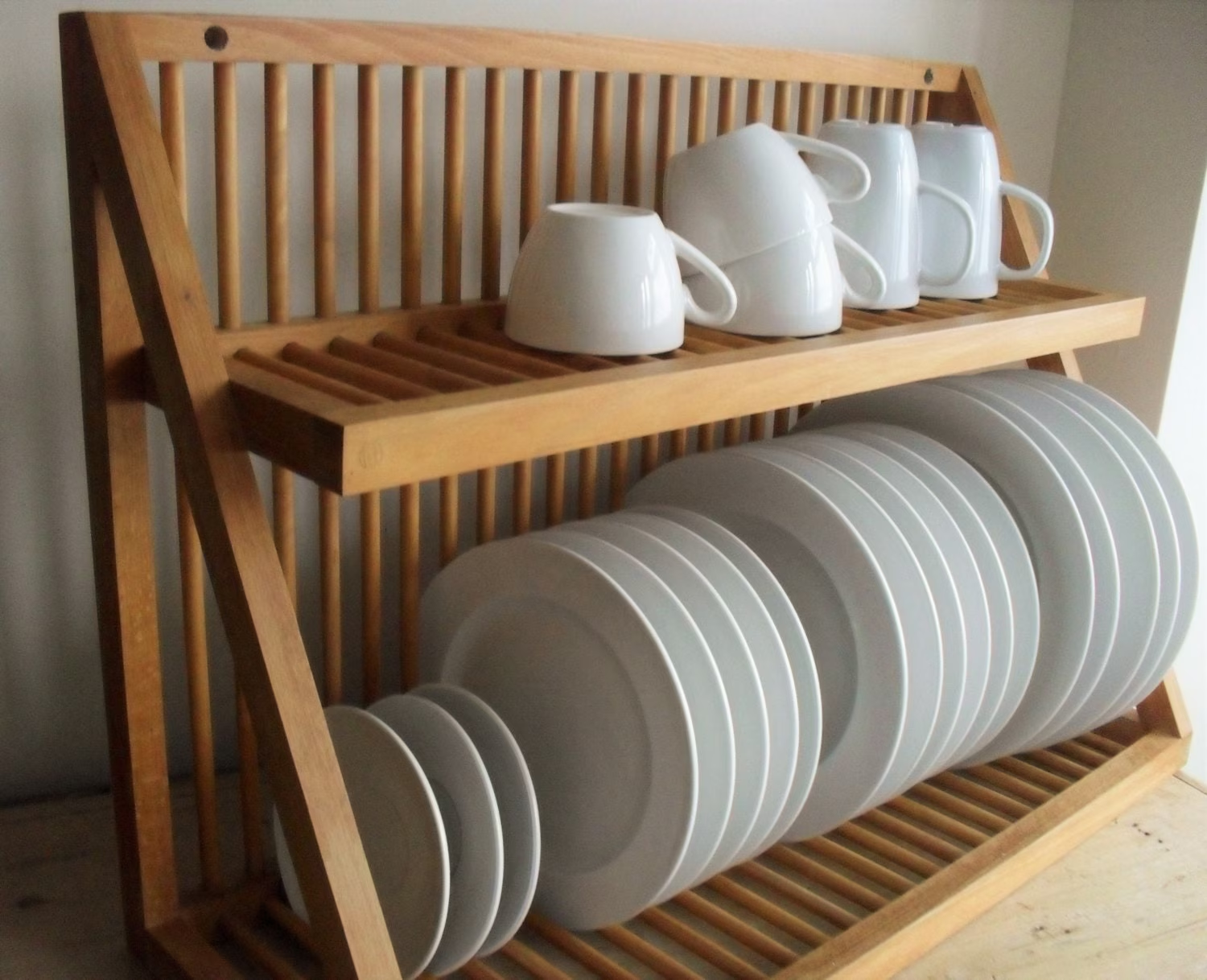
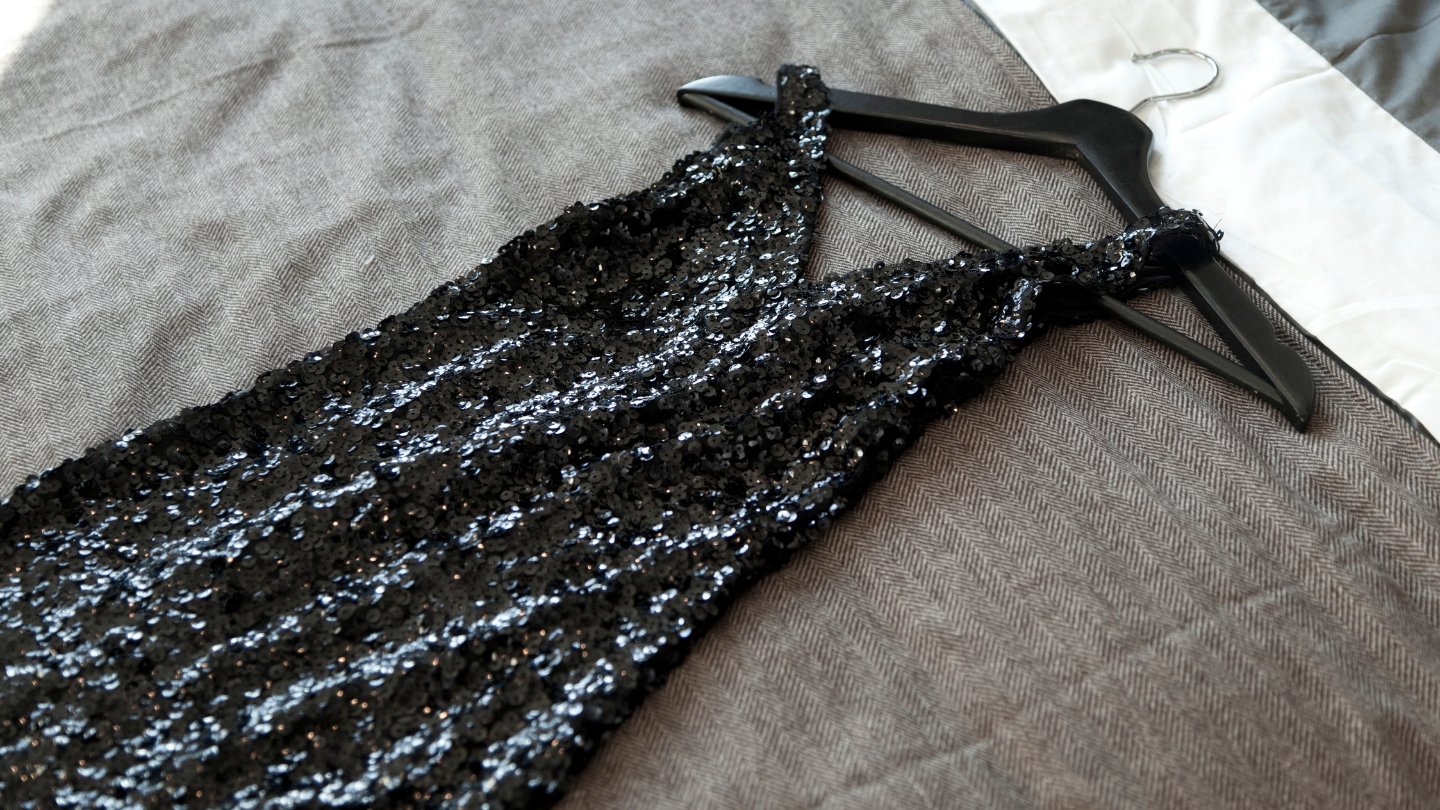




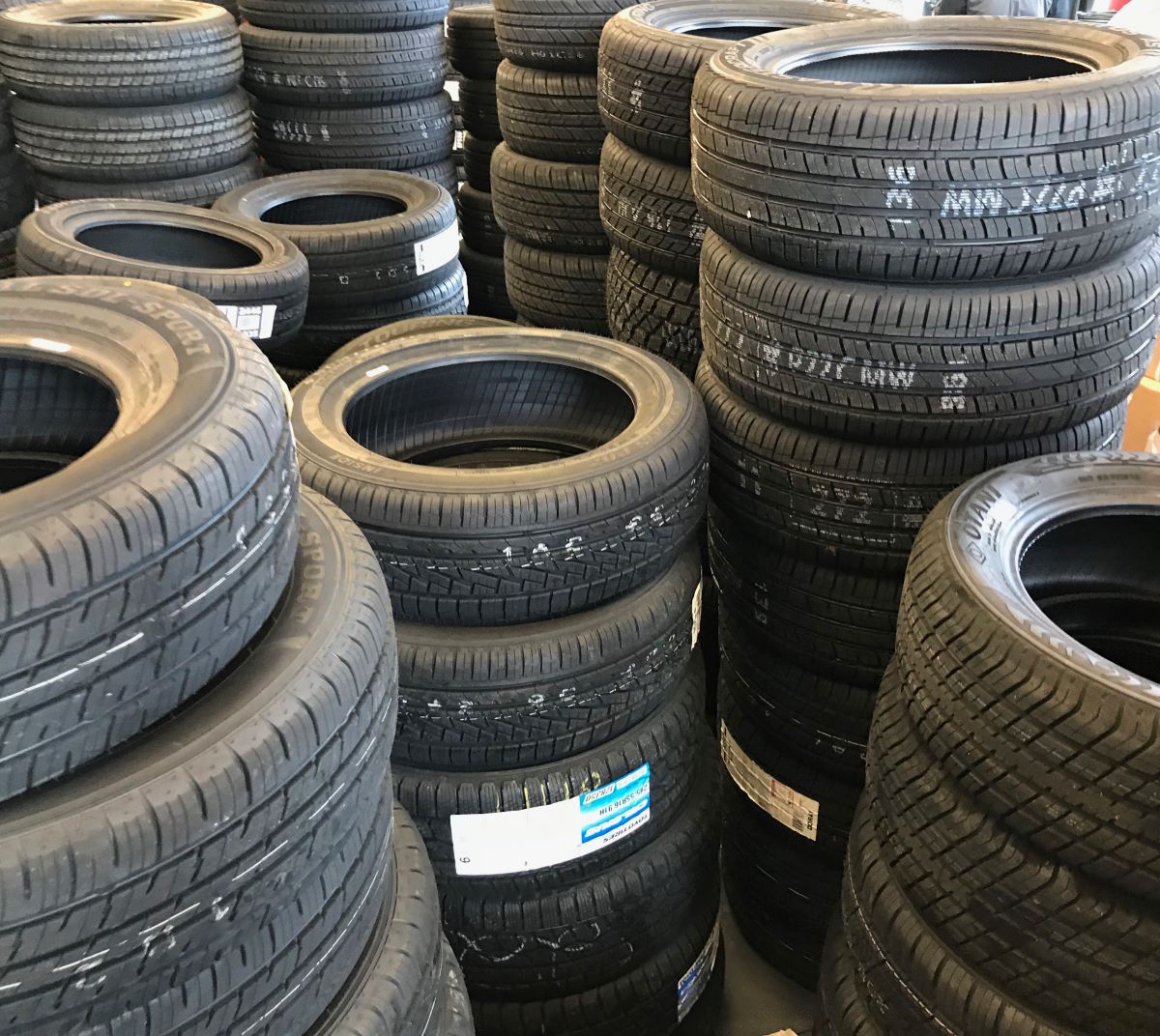




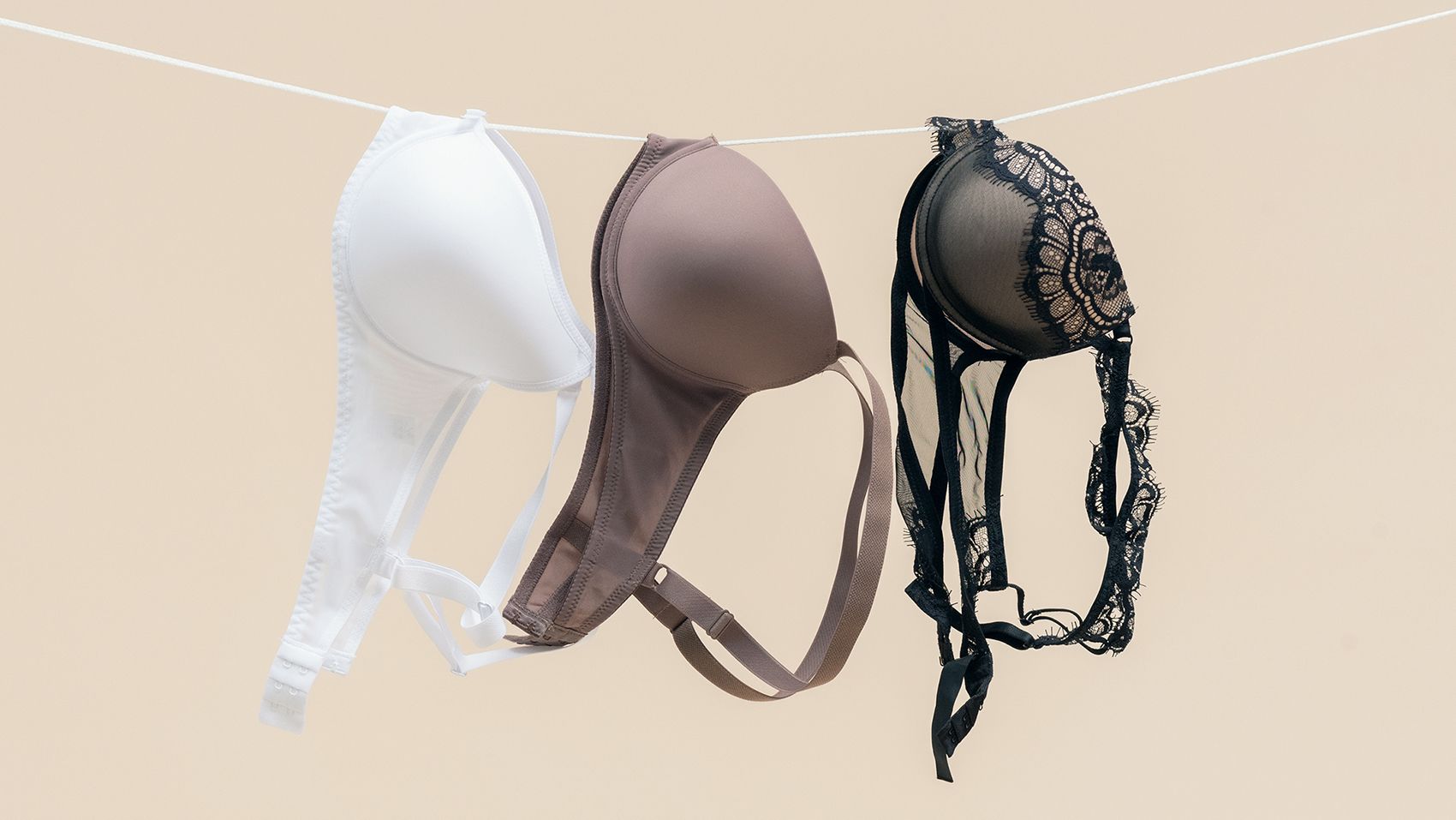



0 thoughts on “How To Store A Saddle Without A Rack”